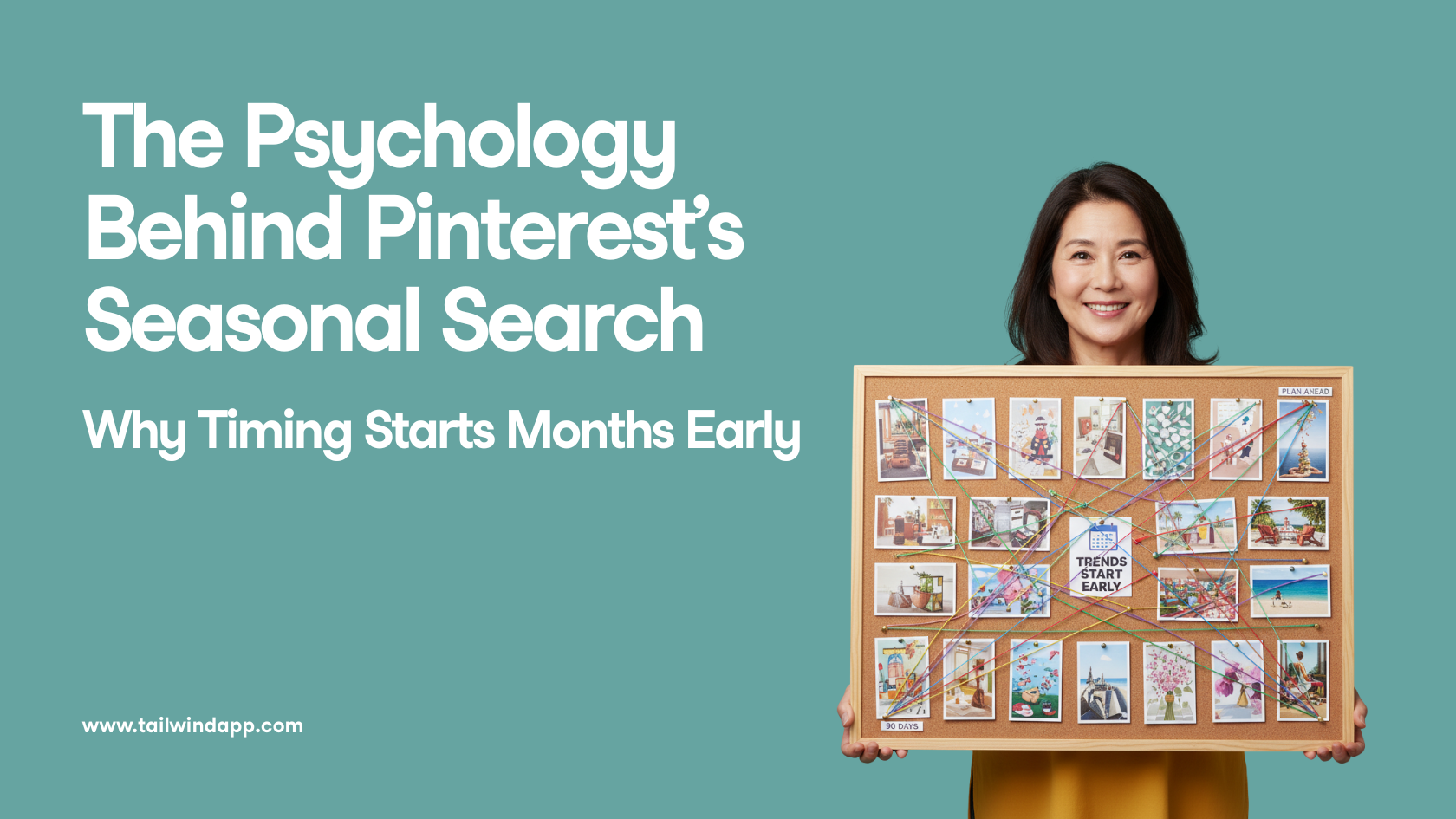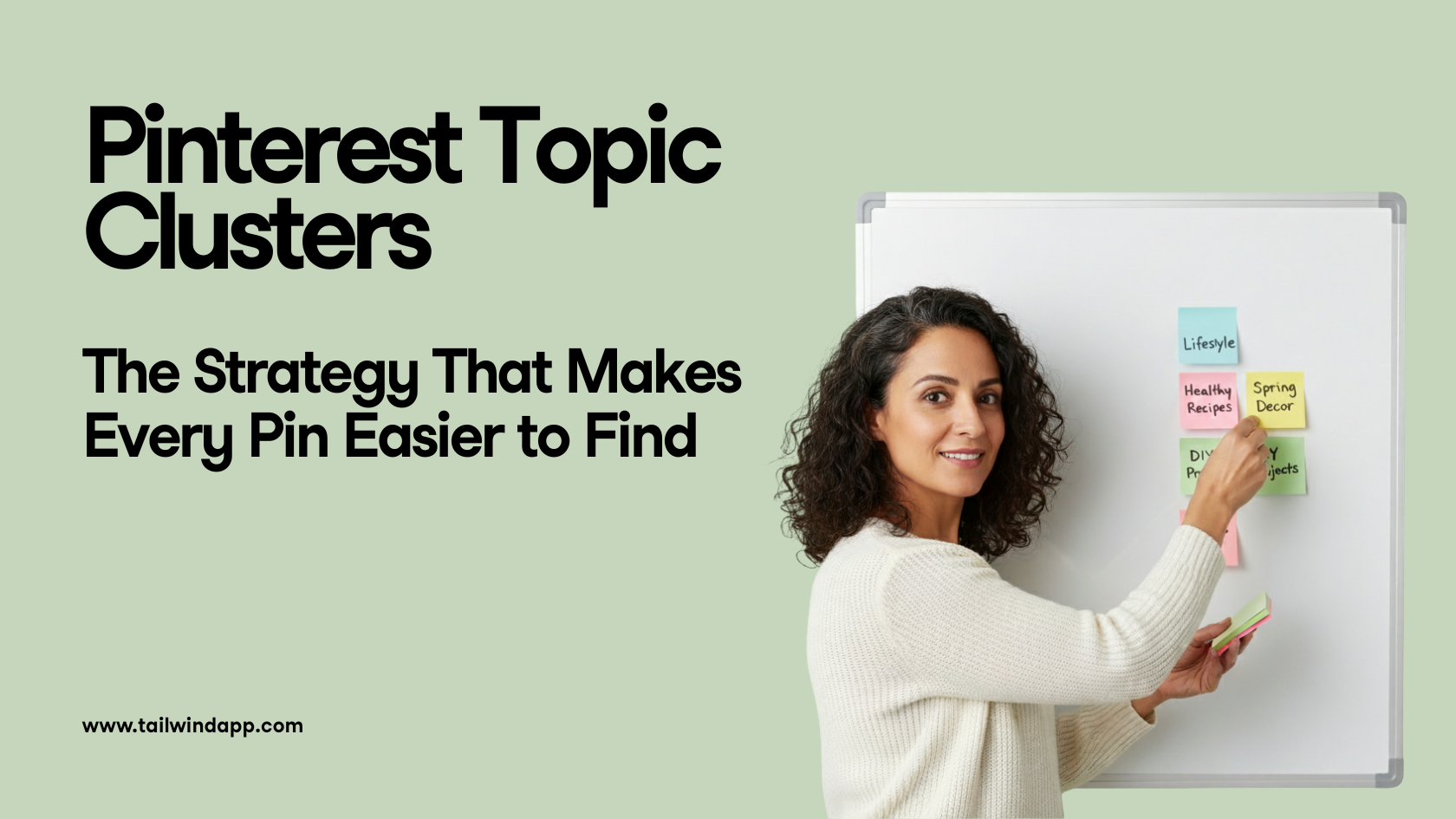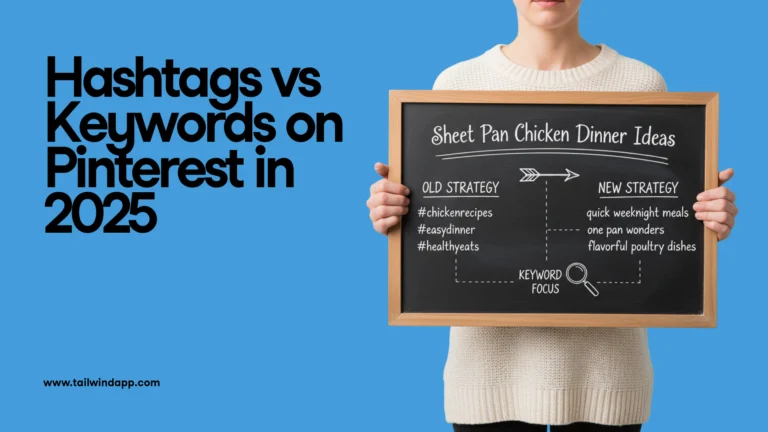If writing marketing emails fills you with dread, then you are not alone.
Whether you’re not confident in your writing abilities, are afraid of hearing crickets, or simply don’t know what to say, email marketing is something that many brands struggle with.
As a result, many of the emails that wind up in our inboxes are dry, underwhelming, and uninspired. But it doesn’t have to be this way!
By using a few simple concepts and a little bit of practice, you can craft killer emails that will not only captivate your audience but build a connection that will grow over time.
What to Include in Email Marketing Content
Marketing email copy can generally be split into three different sections:
- The subject line
- The body copy
- The call to action (CTA)
Let’s take a look at each element in turn and find out exactly what you need to create irresistible marketing emails.
Write Click-Worthy Email Subject Lines
When it comes to marketing, getting your emails opened is half the battle. That’s where the all-important subject line comes in.
It may only be a few words long, but the subject line can dictate whether your well-crafted copy even sees the light of day. In fact, over a third of your subscribers will decide whether to open your email based on the subject line alone, so you’ve got to make it count.
We all get bombarded with emails and so you need to give your subscribers a reason to click. There are a few different ways you can achieve this, though which one works best will depend on both the type of business you have and your brand voice.
Provoke Curiosity
Some of the best email subject lines are those that give an implicit promise that the reader will learn something new or interesting. These subject lines don’t necessarily give away too much about the content of the email but tease just enough to make your subscribers want to click!
So why does this approach work so well? Studies have shown that when your curiosity is piqued your brain is more motivated to learn and more likely to retain information.
In other words, you simply cannot resist wanting to find out more. Laura Belgray at Talking Shrimp (who probably wrote the book on curiosity-inducing headlines) is the master of this technique.
How can you not want to know what’s contained in this email after seeing that language warning at the top?
Here are a few more (safe for work) real-life examples of curiosity-provoking subject lines:
- The copywriting method that’s added millions to my bottom line
- My patented freelancer recipe
- The #1 way to bring a design from good to great
- When your clients say “I don’t have the money…”

Write Like A Human
One way to stand out from the crowd is to simply write a subject line as if you were sending an email to a friend.
These days, we are inundated by emails from brands, and many of them follow the same predictable style. By simply looking and sounding as though it was sent from a person, your email will demand attention in even the most crowded inbox.
While this technique won’t work for more corporate businesses, it’s a great option if you are the face of your company (think course creators, bloggers, etc.)
Wait, Laura Belgray does this too! Can you tell we like, really love her newsletter?
Here are some great real-life examples of friendly, personal email subject lines:
- I just spotted this opportunity!
- My cheesy confession…
- Trust me, you don’t need this
- Have you taken a break today?

Create A Sense Of Urgency
FOMO is real, and that is particularly true in the digital space.
People don’t want to miss out, particularly on a good deal, and so providing some kind of deadline can be a really valuable tool.
Creating a sense of urgency is a great technique for brands that sell products or services online, particularly when you are running a sale or a limited-time offer, such as Black Friday sales.
Let’s take a look at some examples from real companies:
- Last chance to save
- Ends tonight! Go change your life…
- Put yourself first. Ends tomorrow!
- Psst…your discount ends today

Don’t Forget The Importance of Your Preheader
Your preheader, or “Johnson Box” is the text that is right next to (desktop) or below (mobile) your email’s subject line. It is the first glimpse of your email copy that your reader will get.
It can be a powerful second impression, right after your subject line, that helps a reader decide if they want to open your email and read further. Your preheader copy should stand out.
Our favorite preheaders include asking a question, adding emojis, and sounding as welcoming and humanizing as possible, similar to your subject line.
Email Content Writing: Embrace The Power Of Storytelling
Now that you know how to craft a captivating subject line, it’s time to tackle the body of your email.
One of the best things you can do to forge a connection with your audience is to tell a story through your copy. Storytelling is a fundamentally human experience that allows you to create a stronger relationship with your audience.
The stories you tell needn’t be the most exciting or monumental. You can simply take an everyday situation and relate it to your clients’ needs and desires.
Dive Right In
The key to success with storytelling emails is to get straight to it.
The first line of your story should hook the reader in and leave them wanting more. It’s your one chance to capture your reader’s attention and sets the tone for the entire email.
After reading the first line of Jasmine Star’s email, you just have to know who and what she’s talking about!
Some attention-grabbing openers could be:
- Giving a glimpse into your personal life, through something that’s happened or somewhere you’ve been
- Asking your readers a pertinent question
- Introducing the hero of your story
- Setting up the time, place, and tension that the rest of the story will follow

Spark The Imagination
Just because you’re writing an email doesn’t mean you can’t use literary devices.
The kind of language you use in your emails will make a big difference in how well they are received. It can make it easier for the reader to visualize your story and make it more interesting. Plus, it can help your emails stand out against formulaic company email newsletters.
Here are some tools that will help:
- Add small details in place of generic information. Bonus points if this includes something to evoke the senses, like the way something smelled or tasted or the way something made you feel.
- Keep your readers guessing with small curiosity gaps (for instance, “You won’t believe what happened next”). This helps to keep your subscribers engaged, making them more likely to read through to the end.
- Use dialogue to draw your readers in. When done well, it can make them feel like they are right there watching the conversation unfold.
- Keep a conversational, casual tone throughout. Try to write your story as if you were telling it in person. Veering away from formal language will stop your email from feeling too stiff, and people will relate much better if it’s in words they use on a day-to-day basis.

Want more tips on how to create a complete email marketing campaign? Check out Tailwind’s Complete Email Marketing Guide!
Use Personalization
No one wants to be addressed as a loyal subscriber.
Using your reader’s first name is a great tool that helps to keep their attention and increase engagement (and in subject lines, it can be a great way to improve your open rates). Simply put, when an email contains your name, you notice.
The key here is not to go overboard. Using a subscriber’s name once or twice is great, but when peppered through the email, it can come off a little strange.
If you’re not sure where to use a first name, try reading your email out loud. This will give you a good idea of where a name might naturally come up in conversation.
Seamless, natural copywriting that grabs attention doesn’t happen overnight. The important thing is to not get discouraged. Try A/B testing in your email content writing to see what resonates with your readers more, and most importantly, keep writing! You will find the right balance and voice for your brand.

Add A Killer Call To Action
When your story comes to a close, it’s time to transition to the CTA.
A CTA, or call to action, takes away the guesswork by letting your subscribers know exactly what action to take next.
This could be something big, like signing up for your course or membership program, or something small, like reading a blog post or adding you on Instagram.
But your CTA copy can also be used to forge a better connection with your list by speaking to their pain points. It can show that you not only understand what they are looking for but that you have something that can help.

The Magic Formula for Email Marketing Copywriting
The perfect CTA copy strikes the perfect balance between describing the action and reinforcing value.
For example, say you were a vegan blogger, and the goal of your email was to sell your eBook of quick, healthy dinners. You might write something like “click here to buy your copy.” Simple, right?
But it’s not the act of buying the eBook that your subscribers care about. It’s what the result of buying the eBook will be. Instead, you could try something like “discover delicious vegan recipes made in 30 minutes or less”, or “start cooking mouthwatering vegan food at home”.
Not Ready To Sell? Start A Conversation
If you either don’t have anything to sell yet or it’s too early in the customer journey, you should still always include a CTA in your emails.
An easy and effective CTA is to invite a reply. It could be a response to a question, an opinion on a topic, or even a reply with a single word if they would like to find out more.
Inviting a reply sets a conversation in motion, helping to build familiarity and trust in your brand. If you can offer a personal response, even better. We are so used to automated emails from unmanned inboxes. Speaking to a real human makes a company all the more memorable.
Don’t Forget Your Competitor and Audience Research
You don’t have to do all the heavy lifting yourself when it comes to finding out what exactly to write about and what interests your audience.
Competitor research is also important for email marketing writing. See what kind of emails they are writing and how they are constructing their campaign. What subjects are they focusing on? How are they speaking to you, the reader? Are they trying to draw you in with deals or emojis or questions? You can use all of this information and more to draw inspiration for your own email content.
Don’t forget other third-party sites like Quora and Reddit that can be great sources for learning what your audience is talking about!
FAQ
What do I write in email marketing emails?
The actual content of your marketing emails should be varied yet always engaging. You want to avoid always writing, for example, a newsletter if you are a clothing brand. Having a good mix of topics like promotions, newsletters, and surveys in your content calendar is a great way to keep subscribers engaged with your brand!What are the best uses for email marketing?
This will depend on the type of business you run. For example, if you run a non-profit, sending out stories of how you recently helped your community can be encouraging to your subscribers. You can also use emails to help solicit donations, especially around the holidays! With a little research, you will be able to find the best type of content for your email marketing content!Can I use email marketing templates for my email writing?
Yes! Email marketing templates are a great time saver that can help you create a professional, personalized brand look while also making it easier to audit the best times to reach out to your email subscribers!








